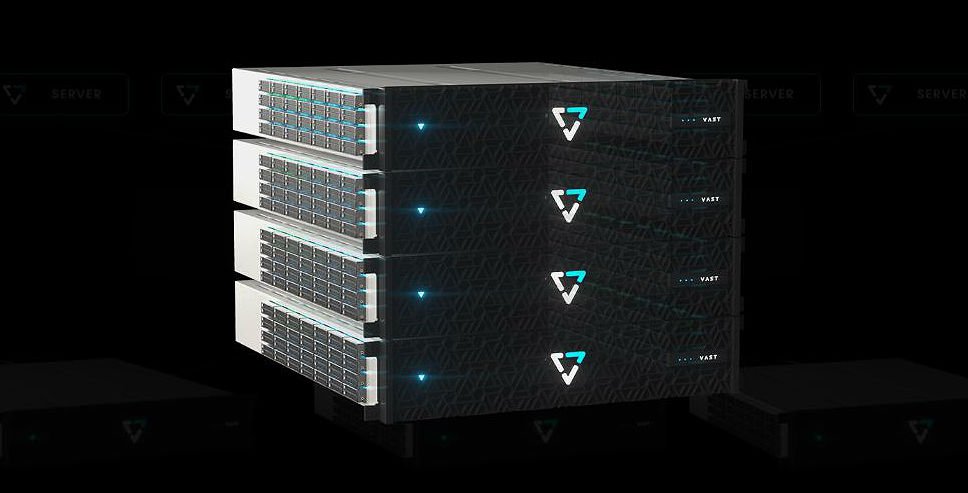Vast Data's All-Flash Universal Storage Comes Out of Stealth ModeVast Data's All-Flash Universal Storage Comes Out of Stealth Mode
Using high-performance flash storage, the company looks to grow its channel relationships.
February 27, 2019

Three months after making its all-flash, exabyte-scale universal storage system technology generally available, Vast Data has come out of stealth mode and is working to show prospective customers how it can provide faster flash storage for the price of mechanical disk storage.

Vast Data’s Jeff Denworth
“It’s the thing customers have been waiting for,” Jeff Denworth, VAST’s co-founder and the vice president of products, told Channel Futures. Using extremely low-cost quad level cell (QLC) flash memory, the company is able to provide data storage that is faster, while being just as economical as traditional mechanical storage drives, he said. Vast uses high-performance, persistent Intel Optane memory in its systems.
“It’s massively scalable, all-flash storage that breaks the tradeoff that’s always existed in the data center,” said Denworth. “You can now get flash storage for the price of old mechanical storage.”
With this advantage, customers can now afford to put all of their data on one platform,” instead of having to segregate data based on price and performance needs, he said. “This matters because the amount of complexity customers are dealing with today is monumental. With artificial intelligence, deep learning and machine learning, technologies are changing the way data is accessed and interacted with for customers. If your data is in old-style storage, you won’t be able to access data quickly enough for new needs.”
The company just wrapped a $40 million funding round, for a total of $80 million in two rounds. That includes investments from Norwest Venture Partners, Dell Technologies Capital, 83 North, Goldman Sachs and a TPG Growth-sponsored investment platform.
Vast’s architecture uses an exabyte-scale, all-NVMe flash, disaggregated shared-everything (DASE) architecture and global algorithms to provide high storage efficiency and deep system resilience, the company said.
Customers can deploy Vast Data’s platform using a turnkey server and storage cluster appliance, through storage and Vast container software that runs on customer machines — or via only software.
The company does all of its business through the channel, said Denworth. So far, 15 companies, including several valued at more than $1 billion, are signed up as partners.
About a dozen customers have signed up since the technology became generally available, with deals averaging $1 million each, said Denworth.
“We have customers making very serious commitments to us in the very early days,” he added.
The platform is presently only available for on-premises of off-premises data centers, but cloud capabilities are expected in the future, said Denworth.
Alan Dumas, chief revenue officer for Red River, one of Vast’s early VAR partners, said the company’s storage technologies will be valuable to Red River’s customers.

Red River’s Alan Dumas
“The ability to provide flash storage at spinning disk prices will eliminate the need for tiered storage in production environments,” Dumas told Channel Futures. “Based on data access, the only other platform need would be for cold [long-term] storage, such as tape. It will have immense scalability.”
Red River signed on early due to the promise of the technology, he added.
“They have groundbreaking technology with their performance ROI and the ability to simplify storage architecture,” noted Dumas.
Red River has sold the product to two customers and is involved in a number of pilots with other potential customers.
“We have had a number of meetings with Vast and our customers,” said Dumas. “All have been very excited about the technology and are interested in either a purchase or building it into their architecture and budget.”
Dumas said Red River also likes that Vast does all its business through the channel.
“It’s a strategy we like,” he said. “They are a company made up predominantly of engineers, which is great, as they are focused on continuing to build a great product as opposed to investing heavily into a direct sales team.”
Read more about:
VARs/SIsAbout the Author
You May Also Like


